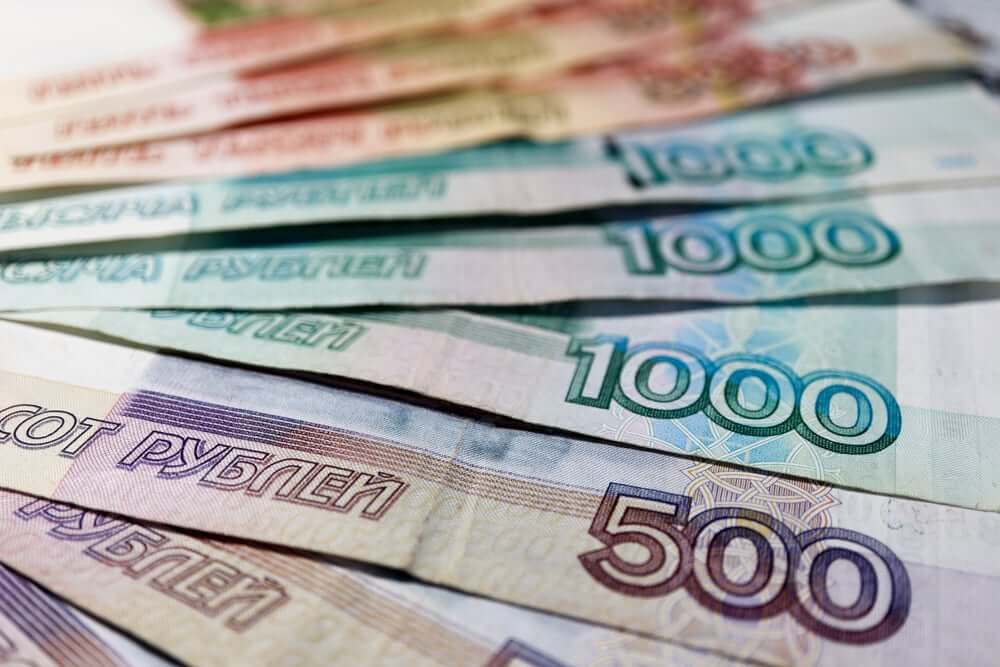Post by: PocketOption on Apr 29, 2022, 04:31 am

Ruble Climbs to March 2020 Levels vs. Euro
The n ruble continued gains in early Moscow trade on Thursday, aided by month-end tax payments, which resulted in the significant conversion of foreign cash into rubles, while market indices showed solid increases.
n market movements are partly artificial because capital controls support the ruble. At the same time, stocks trade with a short-selling ban, and foreign participants prohibit from selling shares in n enterprises without permission. The ruble was 0.3 percent firmer versus the dollar; it traded at 72.59 on the Moscow Exchange after reaching 72 in fair trade. It reached 74.3525 against the euro, a level last seen in early March 2020, before falling 0.5 percent to 75.75.
According to Promsvyazbank analysts, the n currency fluctuates between 71 and 73 rubles to the US dollar.
The ruble has strengthened as export-oriented firms sold their foreign exchange earnings to meet local liabilities that could top 3 trillion rubles ($41.24 billion) this month. The ruble had recovered to pre-February 24 levels when launched a “special military operation” in e; it resulted in unprecedented western sanctions, including a freeze on ’s reserves.
Bond yields on 10-year benchmark OFZ treasury bonds have stabilized near 10.13 percent ahead of Friday’s central bank’s rate-setting meeting.
According to the poll conducted earlier this week, the Bank of predicted to drop its key interest rate by 200 basis points to 15% to boost financial lending in the face of high inflation.
n stock indices were up. The dollar-denominated RTS index gained 2.2 percent to 1.072.0 points, while the ruble-denominated MOEX gained 1.9 percent to 2,470.7 points.
The post Ruble Climbs to March 2020 Levels vs. Euro appeared first on FinanceBrokerage.
Source: Ruble Climbs to March 2020 Levels vs. Euro (https://www.financebrokerage.com/ruble-climbs-to-march-2020-levels-vs-euro/)